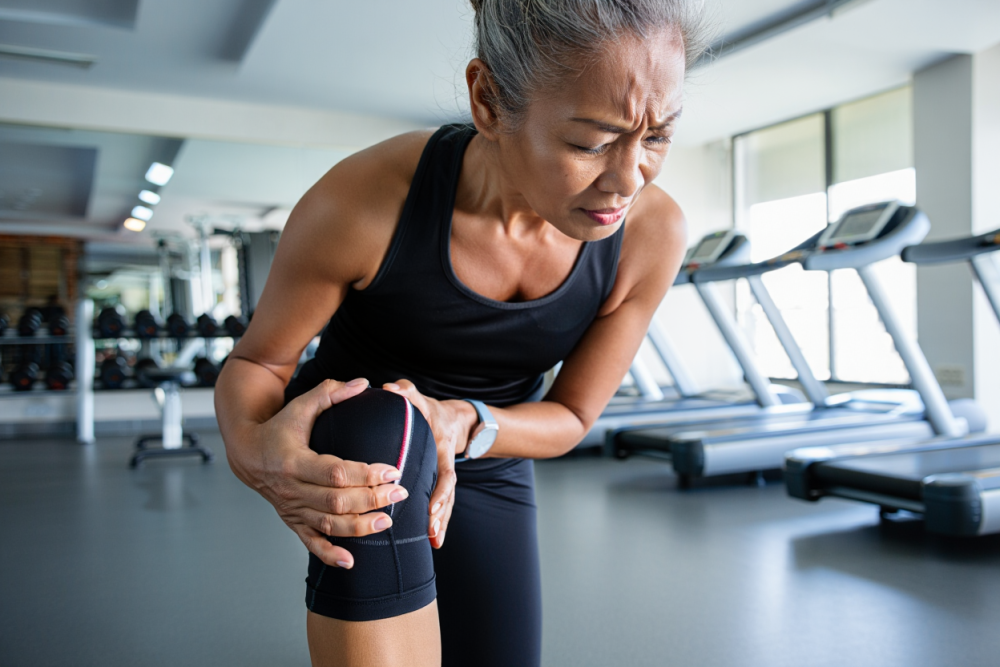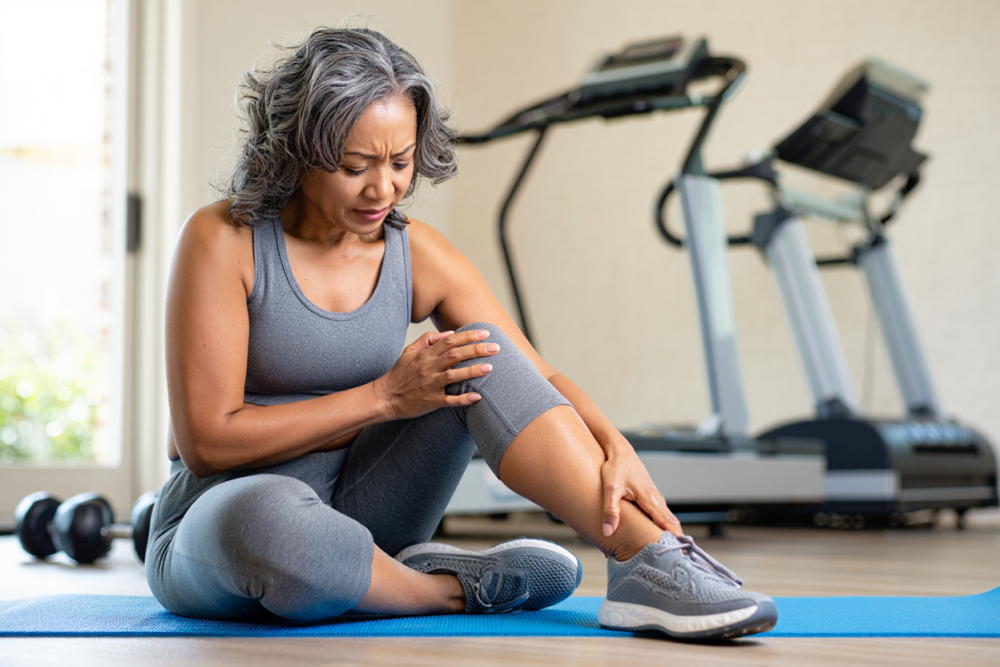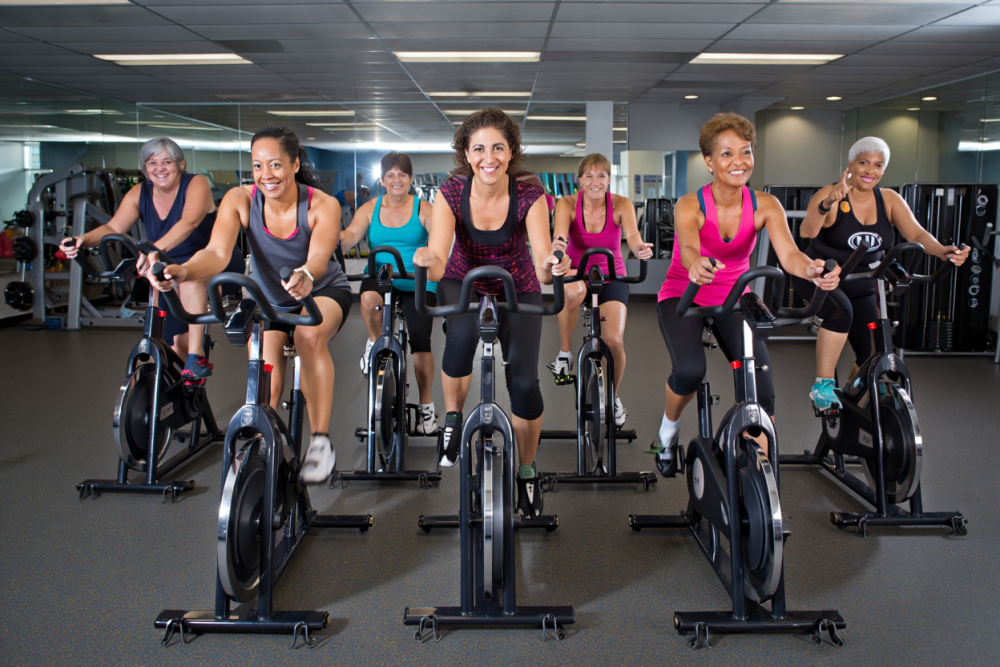The itinerary is locked down, the head count is confirmed, and the driver is ready to roll. In the first few hours, everything is smooth sailing, until the first tummy rumbles. That’s when the charter bus food question inevitably arises. Hanging in the air like the scent of that one passenger’s home-packed tuna salad. It’s one of the great existential questions of group travel: Are we allowed to eat food on charter buses?
The short answer isn’t really short. Yes, it is generally allowed to eat food on a charter bus, but this permission is almost always governed by a crucial layer of rules: the specific operator’s policy and a heavy dose of courtesy.
Charter buses represent a huge capital expense for a company. These are considered a crucial asset that needs protection from the worst road-trip scourge: the spill. The difference between a public bus and a charter is that the renter is ultimately responsible for the outcome. So, while the brain is screaming, “It’s a long trip; I need fuel! ” The bus company’s ledger is noting that one spilled soda could mean a non-refundable cleaning fee for a group.
Rules are in the Rental Contract
When a group charters a bus, whether it’s for a school field trip or a big wedding shuttle, they secure a private and temporary space. This isn’t public transit with fixed rules. It is a vehicle hired under a contractual agreement. That contract does not just mention a cleaning fee, as it provides details on the boundaries of the on-board dining experience.
It is important to read that fine print because it is where specific liability clauses and code of conduct rules are. The cleaning fee is the company’s defense mechanism against the sticky horrors of a soda explosion or a curry spill. Simply put, if the bus smells like last night’s takeout, who is going to want to rent it tomorrow? Reputational equity is a serious thing in the transportation business, and lingering odors are a quick way to lose it.
Navigating the Menu
Reviewing the bus kitchen means becoming an expert in low-mess and low-odor cuisine. It is advised to have things that are easily contained, don’t smell up the cabin, and won’t stain the seating fabric.
Good Snacks
These are the snacks that generally sail through because they leave minimal residue and have a low aromatic footprint.
Dry and Non-Greasy Snacks. Pretzels, granola bars, crackers, and trail mixes are the MVPs of on-board snacking because they are quick and compact, and a few crumbs are easily swept up.
Sealed Beverages. Stick to bottled water, sports drinks, or soda cans with resealable caps or secure tops. An open cup of coffee or a sloshing fountain drink is a catastrophic accident waiting to happen. A tight-fitting water bottle is everyone’s best friend on a moving vehicle.
Fruit (The Right Kind). Fruits like apples, bananas, or grapes are perfect as they are contained and easy to eat without a plate.
Sandwiches with Dry Fillings. A classic PB&J or a turkey and cheese sandwich without excessive sauces or lettuce works well, as these have low moisture content.
Foods That Might Get You Charged
These foods are either profoundly messy, aggressively greasy, or have a high stink factor. If a food requires a fork, a knife, or a full napkin stack to consume, reconsider, as it is likely a bus disaster waiting to happen.
Pungent Foods. For the love of the bus air circulation, avoid anything with a strong smell, such as tuna salad or curry. The next group renting the bus shouldn’t have to smell these for their entire trip.
Greasy and Saucy Meals. Pizza, wings, tacos, BBQ ribs, or chili dogs are a hard no, as the mess potential for these items is just too high. Imagine a piece of pepperoni sliding off the slice during a curve; now there’s a grease spot on the seat, which is a guaranteed cleaning fee.
Hot Beverages. While sometimes technically allowed, hot coffee or tea is a burn hazard on a moving vehicle. It is advised to stick to lukewarm in a secure mug if you absolutely must.
The Unwritten Rule
Beyond the company policies, there’s a softer and more human element at play, which is the group dynamics and respect. This is where the emotional cue comes in. Think about the driver. They are responsible for the safety of everyone on board. Showing courtesy means not presenting them with a trash avalanche at the end of a long shift.
Most drivers will appreciate if your group leaves the bus clean more than any tip. It’s not just about cleaning up each spot but ensuring the entire bus is clear of debris.
Bring Your Own Garbage Management System. For a very big group, don’t just rely on the tiny bin near the front. Bring large and secure trash bags and appoint a group leader to do a final sweep before the deboard. This simple act reduces the chances of incurring a fee, and it’s the best thing to do to ensure a smooth exit.
Clean up spills immediately. If a disaster happens, grab some napkins or wipes and address the spill right away. An immediate action prevents a small issue from becoming a permanent stain.
Mind the Neighbors. In group travel, one’s actions are closely connected to the comfort of those around them. Eating that messy and smelly sandwich might make your seatmate feel nauseous.
The Bottom Line: Leave No Trace
The charter bus is a private rolling home for the duration of the trip. You must approach it with the care of a trusted guest in a friend’s new car. The answer to the question, “Are you allowed to eat food on charter buses? ” is a conditional “Yes, but you are accountable for the condition of the shared space.”
It all boils down to two simple principles. First, always read the contract to know the specific “no-go” foods and the cost of the inevitable cleaning fee. Second, make smart snacking choices. If a meal is drippy, greasy, or pungent, it belongs at a rest stop, not on the bus. A quick and contained snack is fuel, but a full and messy meal is a potential liability.
Ultimately, group travel is a communal experience, and the charter bus is a shared environment. By following the two abovementioned principles, the group avoids that painful cleaning fee, and the bus is ready for the next set of travelers. It’s all about leaving the bus in the state you hoped to find it.









